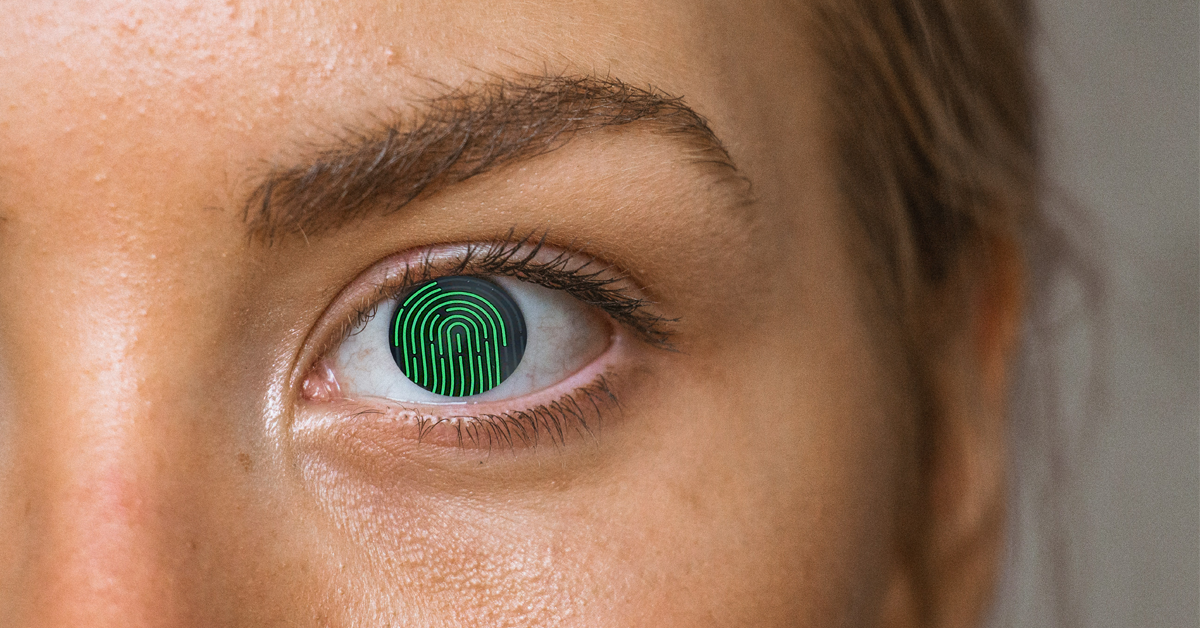Biometric authentication is an amazing feature! With around 400 million smartphones in Europe equipped with facial recognition or fingerprint scanners, it’s no wonder that so many people use biometrics to unlock phones, banking apps, or even personal vaults. Most users believe it’s a bulletproof security feature. But is it really? 🤔
Here’s the truth: most current biometric systems aren’t as secure as they seem.
When you enroll your face or fingerprint on a smartphone, the device stores a sample or pattern of your biometrics locally. When you try to unlock the phone or an app, this stored data is compared with live data. If the match is good enough, you’re granted access. It’s like inserting a key directly into a lock—convenient, but not foolproof. Why? This method creates vulnerabilities where bad actors could intercept or manipulate the process.
A safer approach is to use biometrics to create a unique, salted value (think of this as your lock) instead of storing raw patterns. Every time you scan your face or fingerprint, a new “key” is generated, and it’s matched with the “lock.” This method keeps your biometrics secure while preventing anyone from tampering with the system.
At WhatsKey, we’re taking biometric authentication to the next level with a zero-knowledge approach and PKI (Public Key Infrastructure). This ensures your sensitive data stays safe, private, and uncompromised—unlocking not just your phone, but a more secure digital future.
Want to learn how we’re redefining biometric security? Get in touch with us!





